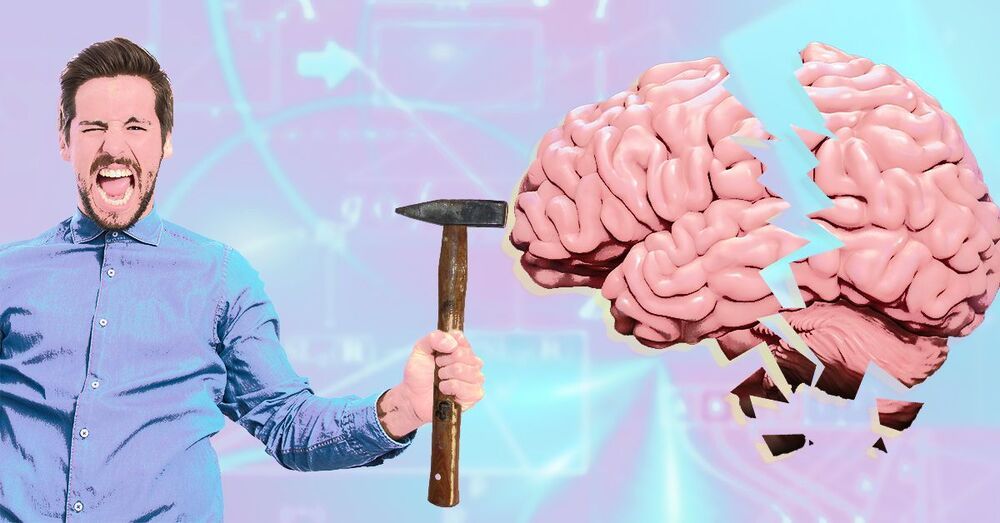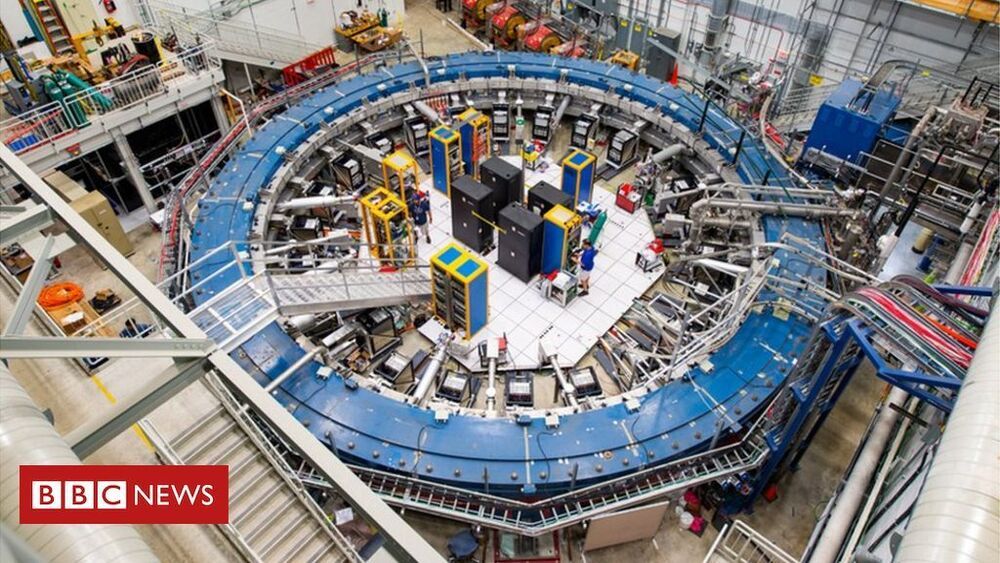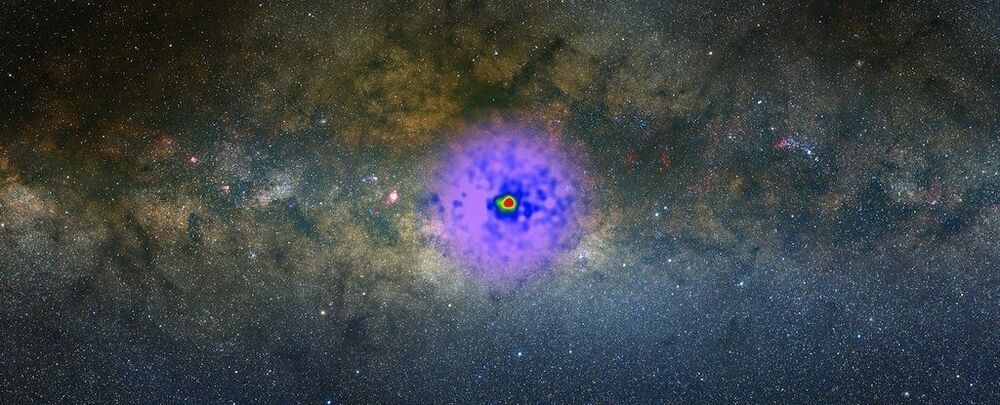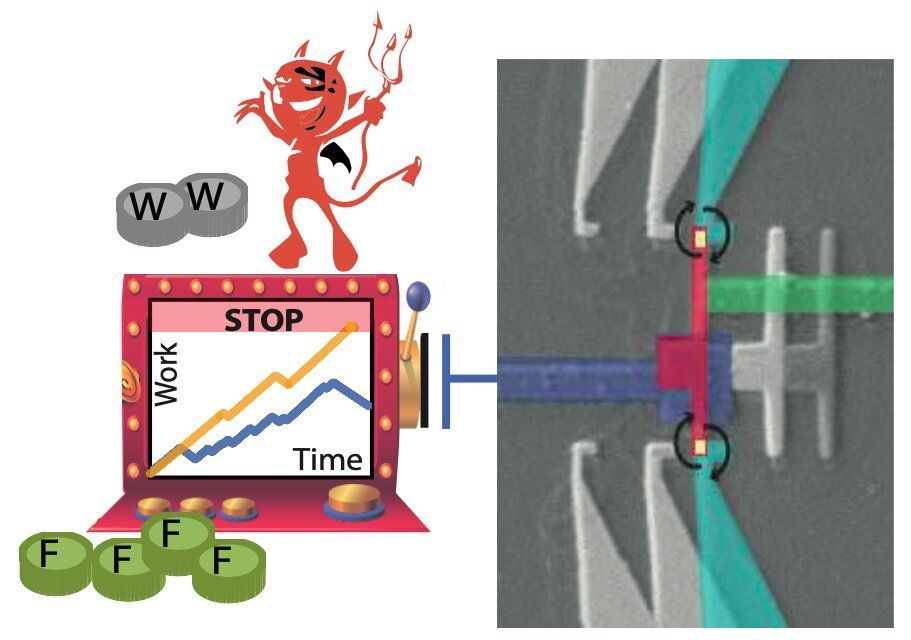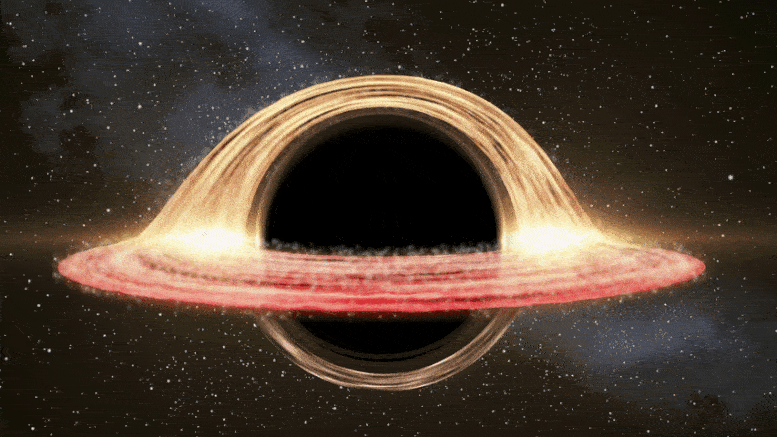A team of theoretical physicists working with Microsoft today published an amazing pre-print research paper describing the universe as a self-learning system of evolutionary laws.
In other words: We live inside a computer that learns.
The big idea: Bostrom’s Simulation Argument has been a hot topic in science circles lately. We published “What if you’re living in a simulation, but there’s no computer” recently to posit a different theory, but Microsoft’s pulled a cosmic “hold my beer” with this paper.
